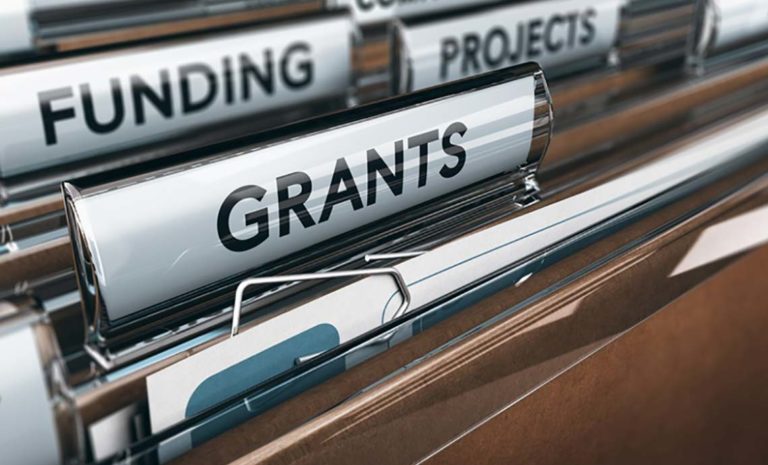Reading Time: 3 minutes
Table of Contents:
- Selecting the Right Auditor
- Planning and Preparing for Your Audit
- Keeping Your Audit Costs Down
- What Your Auditors Are Looking for
- How the Right Technology Helps Your Audit
- What to Do After the Audit
- Getting Ready for Next Year’s Audit
It’s never too early to prepare for an audit. Here are our tips for making your next audit painless and aligning your nonprofit’s financial practices with its mission.
1. Selecting the Right Auditor
Work with your board, especially the finance or audit committee, to define key attributes for an auditor and plan the selection process. In particular, you should:
- Talk to peer organizations for guidance and referrals.
- Allow plenty of time to plan and execute a request for proposals (RFP), if needed.
- Look for auditors with relevant experience: if you’re a large, grant-funded nonprofit, don’t use an auditor that specializes in small, membership-driven organizations.
- Find out what level of detail auditors will provide — just the basics to satisfy reporting requirements or a comprehensive analysis that compares your organization to its peers?
Ask your auditors how they can help you if they uncover fraud.
2. Planning and Preparing for Your Audit
Audits for nonprofit organizations need to be planned ahead as much as possible. Try to keep things simple for your finance team and auditors, as well. To help the process along:
- Collect relevant documents and figures year-round.
- Establish a clear timeline and work milestones with your auditor.
- Hold a kickoff meeting that includes the audit staff and your finance team, so everyone in your nonprofit audit committee is in sync about timetables and duties.
- Prepare electronic and hard copies of an “audit binder” with standard documentation for bank accounts, investment accounts, fixed assets, payroll, and so on.
- Designate one person – probably your controller – as the point of contact for when the audit team has questions.
3. Keeping Your Audit Costs Down
Audits are easier when they’re more efficient and less costly. You can achieve this when you:
- Work around your auditors’ busy season
- Make the audit as easy as possible, such as by organizing materials in advance
- Avoid changing auditors unless you have a pressing reason
4. What Your Auditors Are Looking for
As they assess your organization’s financial position, auditors essentially look at how much money comes in and goes out, and whether you handle it appropriately in between. Details they want to see include:
- Strong internal controls over access to money and records to prevent mistakes or fraud
- An audit trail that connects transactions to sources of revenue
- Nonprofit audit reports that show how funds are used and other relevant financial activities
5. How the Right Technology Helps Your Audit
Your audit will go more smoothly if your nonprofit fund accounting software has the right functionality, such as:
- Granular control over how your personnel access financial systems
- A fully auditable general ledger
- Automation of business rules to prevent errors and fraud
- Clear classification of restricted and unrestricted net assets
- Quick generation of profit and loss statements and other reports for individual grants
- Easy access to documentation
At MIP, our software solution simplifies fund account audit reports. Keep track of every dollar going in or out and have all the documentation necessary with our powerful auditing software for nonprofits. With complete compliance and a clear audit trail, our tools will offer total transparency when you need it.
True account reporting will keep track of your multiple revenue sources with accuracy, while multidimensional charts and scalability cover all aspects of your financing for nonprofit auditing made easy. Expand beyond a general ledger with our accounting capabilities.
If you’re looking for nonprofit audit reporting software, MIP has the solution for you. Are you ready to simplify the auditing process? Request a demo today.
6. What to Do After the Audit
Once the auditors have completed their analysis and submitted their final report or opinion letter to your board or audit committee, it’s time to address any concerns.
- If auditors cite weak internal controls, shore them up, such as by using a fund accounting software with auditable system logs or a more proactive fraud detection system.
- If auditors cite operating inefficiencies, consider what would improve your finance operations. For instance, you may need better tracking of funds for each grant.
7. Getting Ready for Next Year’s Audit
It can be a lot of work to meet all nonprofit audit requirements. To help you avoid last-minute stress, here are some ideas to be more proactive:
- Keep an audit file for documents typically examined in audits.
- Maintain a file of restricted donations.
- Sort out cash and non-cash donations in the general ledger throughout the year.
- Continually evaluate your record keeping to identify opportunities for improvement.




